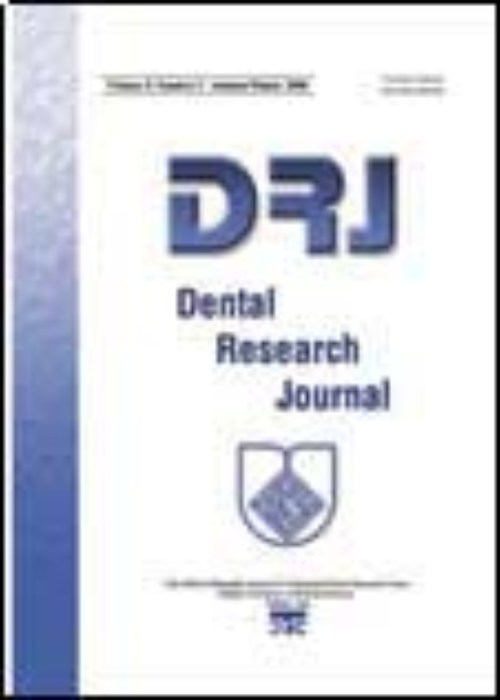A spectroscopic assessment of interaction between 4% articaine hydrochloride with adrenaline and various endodontic irrigants
Interaction between 2% lidocaine HCl (with and without adrenaline) and sodium hypochlorite (NaOCl) resulted in a toxic precipitate formation. The aim of this in vitro study was to assess the interaction between 4% articaine hydrochloride with adrenaline (AHa) and commonly used endodontic irrigants 3% NaOCl, 2% chlorhexidine (CHX), and 17% ethylenediaminetetraacetic acid (EDTA) using spectroscopic analyses.
In this in vitro study, 3% NaOCl, 2% CHX, and 17% EDTA were mixed with 4% AHa individually. 1.7 ml of 4% AHa from the cartridge was mixed with 1.7 ml of each test irrigants. The solutions were subjected to a preliminary ultraviolet spectroscopic (UVS) analysis to assess forpotential interactions (if any). If the interaction was detected, the test solutions were further subjected to nuclear magnetic resonance (NMR) analysis for characterization. The precipitate formed (if any) was then subjected to NMR analysis.
UVS analysis revealed a bathochromic shift when 3% NaOCl and 2% CHX were mixed with 4% AHa, respectively. This shift was not observed when EDTA was mixed with 4% AHa. 1H and 13C NMR spectra confirmed the interaction between 3% NaOCl with 4% AHa, which resulted in a precipitate formation, methyl 3‑amino‑4‑methylthiophene‑2‑carboxylate (MAMC). The analysis of 1H NMR spectra showed peaks at 7.1 ppm, 2.21 ppm, and 9.93 ppm, respectively, which corresponds to aromatic ring protons. A peak at 3.8 ppm was assigned to methyl proton of methyl ester. The characteristic appearance of peaks at 14.82 and 51.16 ppm corresponds to aliphatic carbons. The five peaks occurring at 126, 134.5, 139.2, 156.5, and 162.9 ppm correspond to the aromatic carbon atoms present in the thiophene unit. NMR spectra revealed no interaction between 2% CHX and 4% AHa. 1H and 13C NMR spectra confirmed that 3% NaOCl interacted with 4% AHa, leading to the formation of a precipitate MAMC.
3% NaOCl interacted with 4% AHa leading to the formation of a precipitate MAMC which is reported to exhibit the least toxicity. Until the precipitate is studied further, it would be advisable to avoid the immediate use of NaOCl following administration of intrapulpal anesthetic solution with articaine hydrochloride (with adrenaline).
- حق عضویت دریافتی صرف حمایت از نشریات عضو و نگهداری، تکمیل و توسعه مگیران میشود.
- پرداخت حق اشتراک و دانلود مقالات اجازه بازنشر آن در سایر رسانههای چاپی و دیجیتال را به کاربر نمیدهد.


